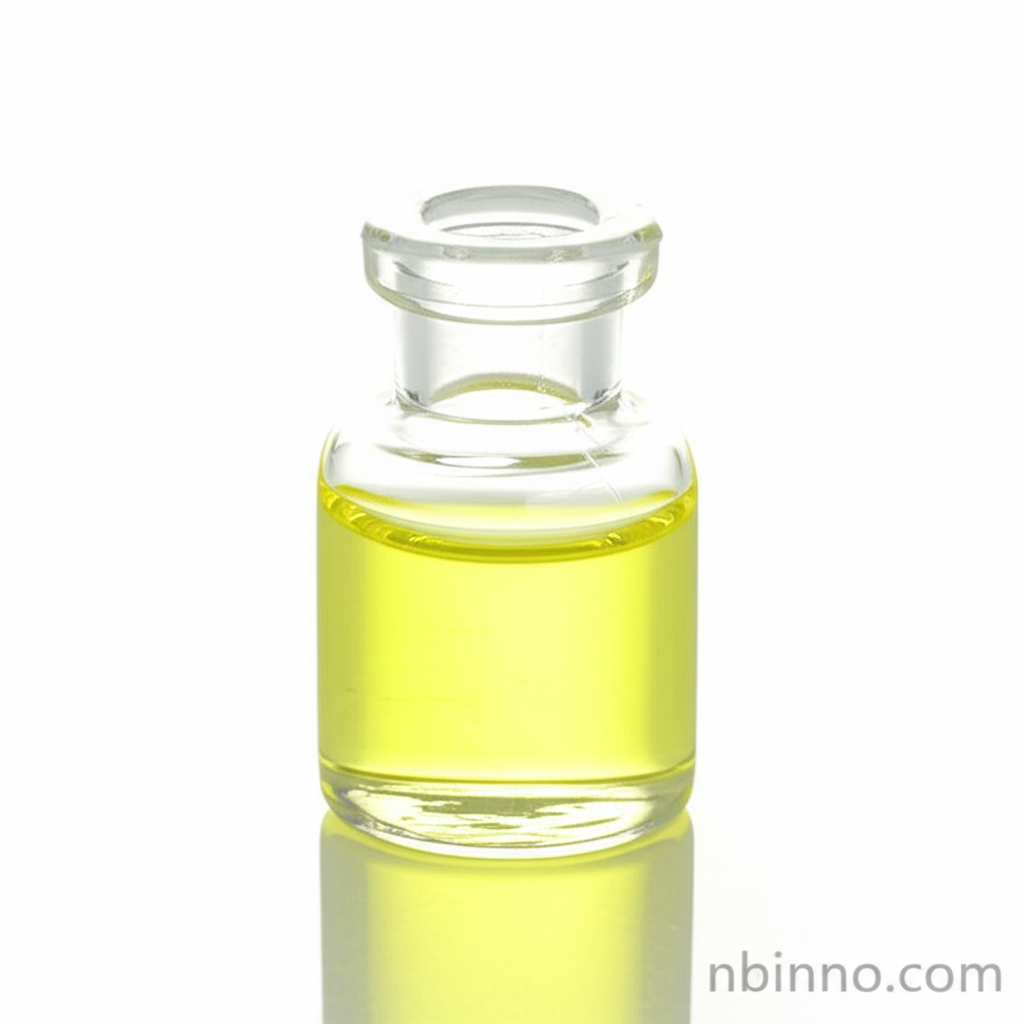(S)-(+)-Epichlorohydrin: A Key Chiral Intermediate
(S)-(+)-Epichlorohydrin is a vital chiral building block with diverse applications in fine chemical and pharmaceutical synthesis.
Get a Quote & SampleProduct Core Value

(S)-Epichlorohydrin
As a crucial fine chemical intermediate, (S)-Epichlorohydrin serves as a foundational chiral building block. Its unique epoxide and chlorine functionalities make it highly reactive and indispensable for complex organic syntheses, particularly in the pharmaceutical sector. Its versatility extends to its use as a solvent and stabilizer across various industries.
- Discover the critical pharmaceutical applications of epichlorohydrin in developing life-saving drugs and therapeutic agents.
- Explore the detailed s-epichlorohydrin chemical properties, including its reactivity and stability in various industrial settings.
- Learn about the various s-epichlorohydrin synthesis routes employed by leading manufacturers to ensure high purity and yield.
- Understand why buying s-epichlorohydrin online from trusted suppliers is essential for ensuring product quality and consistency.
Key Advantages
Chiral Purity
Achieve high levels of enantioselectivity in your syntheses, a critical factor for pharmaceutical intermediates and chiral drug development, by utilizing the specific stereochemistry of (S)-Epichlorohydrin.
Synthetic Versatility
Leverage the bifunctional nature of this molecule for a broad spectrum of reactions, including alkylation and epoxide ring-opening, making it a cornerstone for fine chemical building blocks.
Industrial Applicability
Benefit from its established use in diverse sectors, from enhancing coatings and adhesives to improving the properties of plastics and rubber, demonstrating its wide industrial applications of epichlorohydrin.
Key Applications
Pharmaceutical Synthesis
As a key intermediate, (S)-Epichlorohydrin is vital for synthesizing chiral pharmaceutical intermediates and active pharmaceutical ingredients (APIs), contributing to the development of new drugs.
Coatings and Adhesives
Its chemical properties enhance the performance of coatings and adhesives, providing improved adhesion, durability, and resistance in various formulations.
Plastics and Rubber
In the polymer industry, it's used to modify and improve the physical properties of plastics and rubber, leading to materials with enhanced strength and flexibility.
Specialty Chemical Manufacturing
The molecule's reactive epoxide ring and chlorine atom make it a valuable reagent for creating a wide array of specialized organic compounds and materials.
